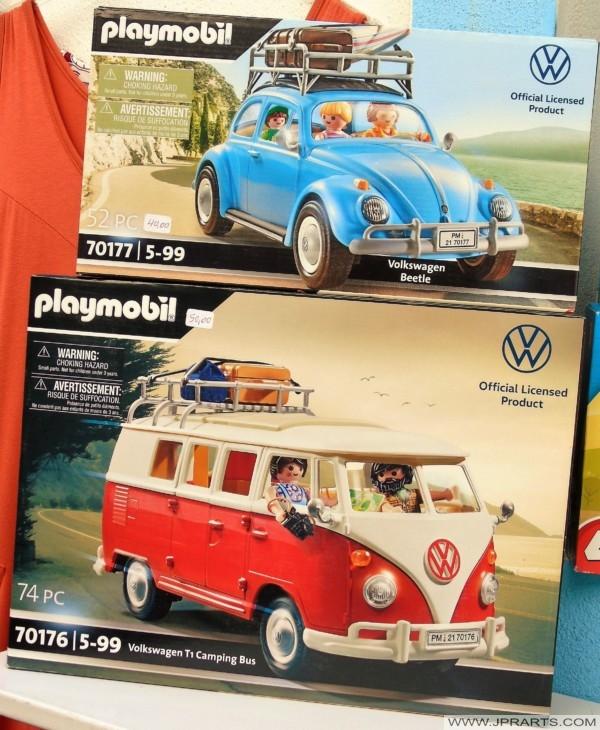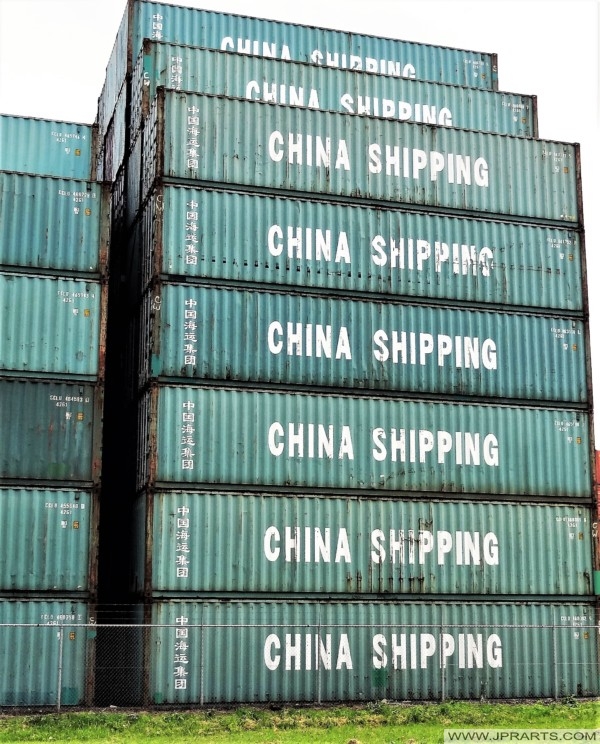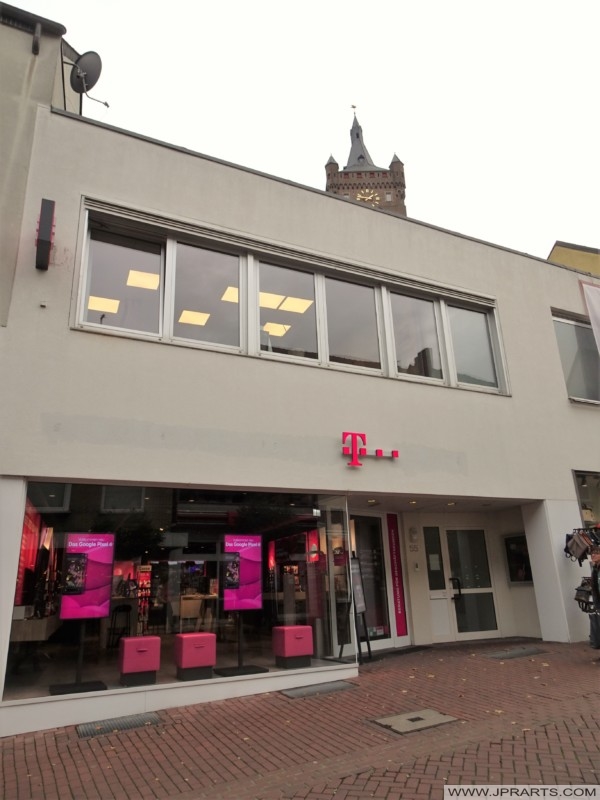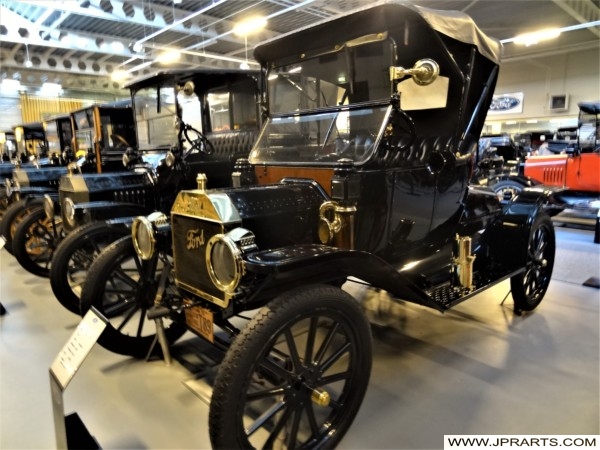Škoda Auto a.s. is a Czech automobile manufacturer established in 1925 as the successor to Laurin & Klement and headquartered in Mladá Boleslav, Czech Republic. Škoda Works became state owned in 1948. After 1991, it was gradually privatized to the German Volkswagen Group, becoming a partial subsidiary in 1994 and a wholly owned subsidiary in 2000.
Škoda Auto a.s.
斯柯达汽车
Škoda automobiles are sold in over 100 countries and in 2018, total global sales reached 1.25 million units, an increase of 4.4% from the previous year. The operating profit was €1.6 billion in 2017, an increase of 34.6% over the previous year. As of 2017, Škoda’s profit margin was the second highest of all Volkswagen AG brands after Porsche. The Škoda Works were established as an arms manufacturer in 1859. ŠKODA AUTO is the fifth-oldest company producing cars, and has an unbroken history alongside Daimler, Opel, Peugeot, and Tatra. As with many long-established car manufacturers, the company which would become Škoda Auto started in the early 1890s by manufacturing bicycles. Škoda (then Laurin & Klement) factories were founded in 1896 as a velocipede manufacturer.
سكودا أوتو
Шкода Ауто
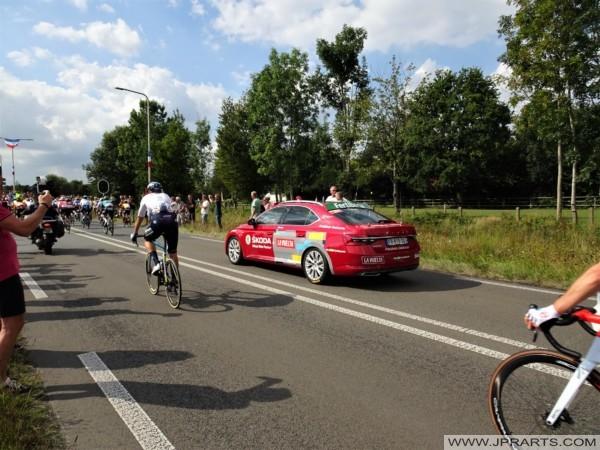
स्कोडा ऑटो
During the occupation of Czechoslovakia in World War II, the Škoda Works were turned into part of the Reichswerke Hermann Göring serving the Nazi German war effort by producing components for military terrain vehicles, military planes, other weapons components and cartridge cases. The UK and US air forces bombed the Škoda works repeatedly between 1940 and 1945. The final massive air raid took place on 25 April 1945, and resulted in the almost complete destruction of the Škoda armament works and about 1,000 dead or injured.
When, by July 1945, the Mladá Boleslav factory had been reconstructed, production of Škoda’s first post-World War II car, the 1101 series, began. It was essentially an updated version of the pre-World War II Škoda Popular. In the autumn of 1948, Škoda (along with all other large manufacturers) became part of the communist planned economy, which meant it was separated from the parent company, Škoda Works. In spite of unfavourable political conditions and losing contact with technical development in noncommunist countries, Škoda retained a good reputation until the 1960s, producing models such as the Škoda 440 Spartak, 445 Octavia, Felicia, and Škoda 1000 MB.
스코다
シュコダ・オート
In 1987, the Favorit was introduced, and was one of a trio of compact front-wheel drive hatchbacks from the three main Eastern Bloc manufacturers around that time, the others being VAZ’s Lada Samara and Zastava’s Yugo Sana. The Favorit was very popular in Czechoslovakia and other Eastern Bloc countries. It also sold well in Western Europe, especially in the UK and Denmark due to its low price and was regarded as solid and reliable.
The fall of communism with the Velvet Revolution brought great changes to Czechoslovakia, and most industries were subject to privatization. In the case of Škoda Automobile, the state authorities brought in a strong foreign partner. The tender for privatization was announced in 1990; 24 different companies were registered for the tender, while only eight of them expressed a serious interest, BMW, GM, Renault, Volvo, Volkswagen, Ford, Fiat, and Mercedes-Benz. Volkswagen was chosen by the Czech government on 9 December 1990.
סקודה
اِشکودا
Visit Netherlands Travel to Book Flights and Hotels Easy Online
Visit Cheap Shopping to Order Blu-rays, Books and DVDs Cheap Online

